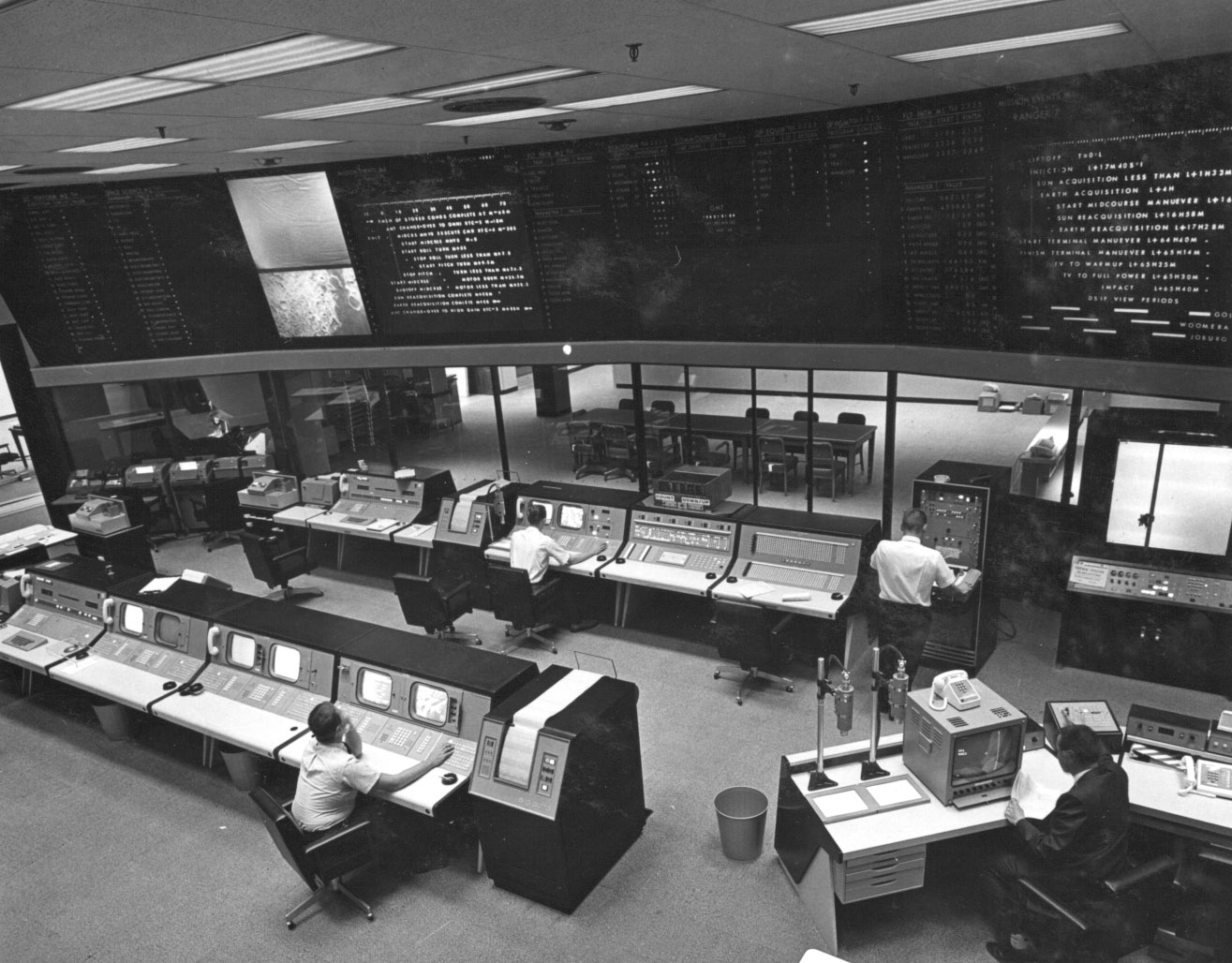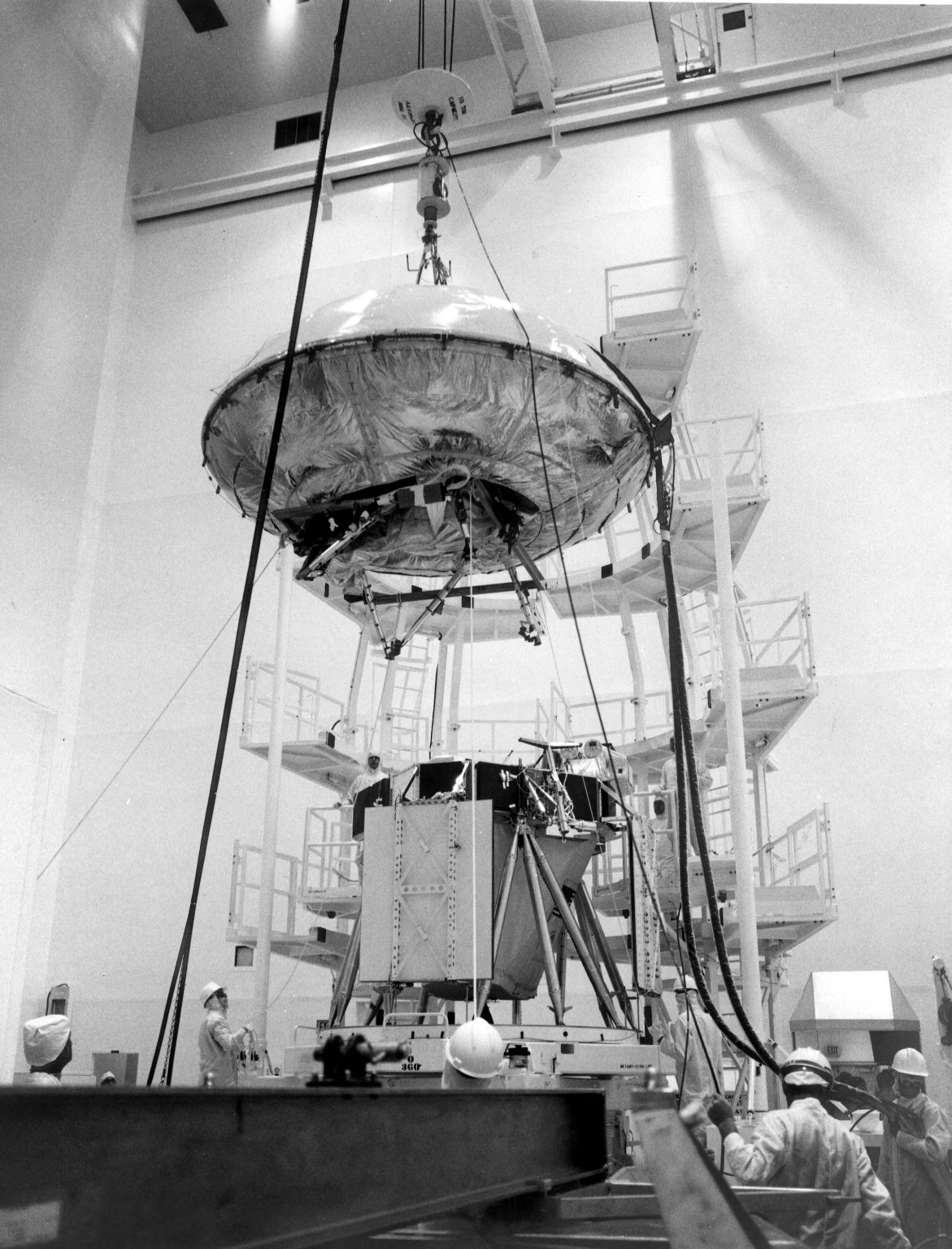
By Joe Kerwin
We who were not test pilots were delighted when NASA announced it was going to hire scientist-astronauts, that is, people with PhD or MD degrees that might prove useful in space flight. We didn’t think too much about what NASA’s plans were in detail. We just went for it.
The scientist-astronaut program was a little vague at the beginning. When we arrived, we found that NASA had given in to pressure from a scientific community that looked forward to what then seemed an infinitely expanding space program. There was lots of optimism in the early and mid-sixties about what we would do in the next ten or fifteen years. But NASA didn’t have a very clear idea of what to do with scientist-astronauts once they had them.
My first visit to the astronaut office after being hired was illustrative. Three of the guys were off being trained as pilots. Curt Michael, an air force pilot and theoretical astrophysicist, and I were there, sitting in the back of the room at the Monday morning pilots’ meeting. Al Shepherd mentioned that we’d been hired and said that NASA had given the OK to hire another group of astronauts next year. Dick Gordon asked, “Are they going to be pilots?”
Al said, “I certainly hope so.”
It’s not that the welcome we got was cold; it was just sort of quizzical. There were some valid questions, like, “Are you going to put a guy on a mission to the moon who hasn’t got the kind of experience managing aircraft and spacecraft that test pilot–astronauts have got?” In fact, no scientist flew in Apollo until Jack Schmitt flew on Apollo 17.
Three of us flew on Skylab missions, which were considered less adventurous in terms of the piloting skills they required— that certainly was true—and more important as far as scientific output was concerned. All three of us—Owen Garriott, a PhD electrical engineer with wide-ranging interests in science; Ed Gibson, whom we considered our astronomer; and myself— believed that we contributed significantly to the success of the program on a number of fronts. The Skylab program began development a couple years after we showed up. Working Skylab support along with our training for space flight and other duties, we were able to contribute a lot to the development of equipment and procedures for the program.
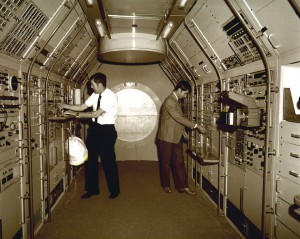
Astronauts Joseph Kerwin (left) and William Lenoir familiarize themselves with equipment aboard the Spacelab mockup during a 1976 visit to the Marshall Space Flight Center.
Photo Credit: NASA
The Skylab mission was the first that gave space medicine top priority. The in-flight medical support system—that is, the doctor’s bag flown on Skylab—was considerably more sophisticated than would be needed or could be justified if the crew were just pilots. What pilots would need was a first aid kit with maybe a few extra items that they were trained to use. We had a lot of drugs, we had laboratory equipment, and we had minor surgical stuff. The very fact that physicians were allowed to put that stuff on the manifest and then develop it and test it and fly it put them ahead of the game for the followon programs.
I think the principal investigators of the life sciences experiments might agree, if any of them are still around, that having a physician-astronaut as their interface to the operational world was a good thing. They achieved more cooperation and a much higher level of priority working with Dr. G. Donald Whedon on his complete intake and output study, which required us to weigh and measure any uneaten food; to adhere to a very rigid diet preflight, in flight, and post-flight; and to collect all the urine and feces. It was a dog of an experiment. I doubt that it will ever be repeated because it was so much work. But we did it, and we did it well.
The other major science area on Skylab was the solar physics package, the so-called ATM (Apollo Telescope Mount), which was a state-of-the-art package of six or seven telescopes and cameras, all focused on the sun. Owen and Ed were in charge of operating it and were able to get us all intensive training and bring us up to the level, not of scientists—not in my case— but of graduate students, able to do an intelligent job at that console. As the missions went on, they were given more and more autonomy. They had the right to turn on cameras and focus on specific phenomena they were seeing on the solar disc. We went pretty much by rote on my flight, but Owen and Ed, on their two-month and three-month flights, were really turned loose. They did a lot of excellent work, just as Jack Schmitt did on the surface of the moon. The result was a wonderful harvest of scientific data. I think we showed a positive role for scientists in space.
The second scientist-astronaut group, eleven folks hired in 1967, didn’t make out very well. Shortly after they arrived at NASA, they dubbed themselves “the excess eleven” because the program had already taken a downturn in budget and future prospects. There was a huge gap between Skylab and the shuttle, and the majority of them couldn’t sit around for ten years or longer. Many of them left.
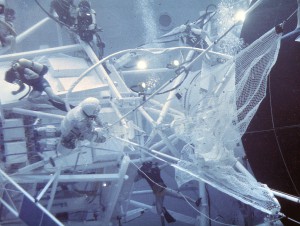
After Skylab’s launch, the large, delicate, meteoroid shield on the outside of the workshop was ripped off by the vibration of the launch. Engineers worked frantically to develop solutions to this and other problems and designed a protective solar sail to cover the workshop. Here astronauts practice deploying the protective solar sail in Marshall Space Flight Center’s Neutral Buoyancy Simulator. Astronauts Conrad and Kerwin were able to complete the needed repairs to Skylab, salvaging the entire program.
Photo Credit: NASA
The next step in this process was preparing for the shuttle program, including making determinations and agreements with the science community on scientists’ roles. There was a lot of fuss, bother, and argument during the seventies—the period when the shuttle was in development—to determine who should be on shuttle crews. The result, eventually, was a three-part crew definition: the pilots, the mission specialists, and the payload specialists. It hasn’t always been religiously adhered to, but it’s been the core for the whole shuttle program. The mission specialists are the career astronauts, some scientists and some engineers, who have the experience and responsibility to ensure the operability of the experiments and, with their scientific backgrounds, often to be productive in science as well. But when you really need a scientific expert, you hire a payload specialist, often from the community or the university that is sponsoring an experiment, and send him or her up. They fly with their experiment. They’re not career people. Most of them fly once, some two or three times. I think that layout has given NASA and the scientific community the flexibility they have needed to do good work in science on the shuttle.
Having science on board is part of NASA’s culture now. It’s helped by the fact that not everybody needs to be a pilot on larger vehicles like the shuttle. That should be the case on the International Space Station (ISS). Unfortunately, we haven’t yet gotten to a point where we can put more than three people up there for long durations.
I report with a mixture of pride and disappointment that the Skylab medical results are still, by a good margin, the best that have ever been done in space in terms of understanding human physiology and measures to counter the effects of living in space. They should have been surpassed by the space station. ISS offers a wonderful opportunity to get significantly sized crews up and do advanced experiments with enough numbers to get statistically significant results, but it hasn’t happened yet due to many problems in the space station program.
Learning from Skylab
The first and most amazing surprise on our flight was the fact that, after three to seven days, depending on the individual, you become immune to space motion-sickness. That is a significant, unexpected finding. It gives us hope that humans will tolerate unusual acceleration environments quite nicely, even a rotating spacecraft with artificial gravity. I think they will be able—this is an unproven assertion—to live in a rotating spacecraft with an inertially stable core and transition from one to the other without any trouble once they get used to it. We had a rotating chair in Skylab designed to measure the response of the vestibular system—the inner ear—to weightlessness. One of three or four major parts of that experiment was to spin that chair up at a pretty good rate and make head movements guaranteed to make you motion sick and see whether the number of head movements it takes was more, the same, or less in weightlessness than it was on the ground. In our case, because we had problems with the vehicle, it took several days to cool off and activate Skylab to the point where we could start doing that test. The first time we did it, day seven or eight, we had no symptoms of motion sickness at all.
Skylab was the engineers’ opportunity to excel because that was a mission in which the Skylab itself, the orbiting workshop, was seriously damaged during launch by the loss of the heat shield, the loss of one solar panel, the closed pinning of the other solar panel, the overheating in orbit, and the inadequate electrical power. People worried about losing the whole program. The engineers got to work and in ten days devised three different ways of getting the temperature down and got an advance handle on the equipment we might need to free up the solar panel. We went up and did all that stuff and saved the program.
When we launched on Skylab, there was a lot of fear about spending even twenty-eight days in space. “Can they go twenty-eight days?” People worried, “Will they even be able to stand up afterward? Will they all die if they have to egress the spacecraft?” Now we don’t have those worries any more.
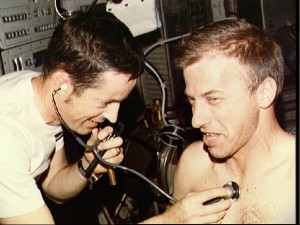
Astronaut Paul J. Weitz, Skylab 2 pilot, gets a physical examination by a fellow crewman during the twenty-eight-day Skylab 2 mission.
Photo Credit: NASA; Charles Conrad, Jr
Exercise is a necessary and sufficient countermeasure to muscle weakness and possibly cardio-vascular deconditioning in space flight. We saw that develop from the first to the second and third missions. After the twenty-eight days of our flight, we came back with significant weakness in both the arms and the legs—mostly the legs—despite the fact that we had a bicycle ergometer and used it pretty much every day. The second flight doubled the exercise time and added some isometric exercise. They did as well in two months as we did in one. The third crew added a poor man’s treadmill and gave another half hour a day to exercise. They were up there for almost three months and came back in better shape than the second crew, slightly better than ours, and their appetites improved; their weight loss was less than either of the other two crews. That was the combination of findings that really gave us confidence to build the space station and say, “Humans are going to be able to go to Mars because a combination of the proper diet and proper exercise is going to keep us fit long enough to get there.”
The Future of Life Sciences in Space
In the future, I think we need to be open to the opportunities and the adventures and discoveries that we make, many of which will be unexpected. In life sciences, what we’ve learned about human physiology is very interesting, but we’re talking about adult human beings in space for periods of one to six months. What is going to happen to animals that are born and grow and reproduce in weightlessness over a number of generations? Let’s fly a Noah’s Ark some day when we’re ready and fly and raise a bunch of animals in weightlessness and see what happens to their physiology, to their anatomy, to their DNA. Will we produce different species? Will adaptation take place? I think there’s a world of discoveries open in that direction.
About the Author
 |
Joe Kerwin is a physician and former NASA astronaut. He was the first physician ever to be selected to be an astronaut. |






